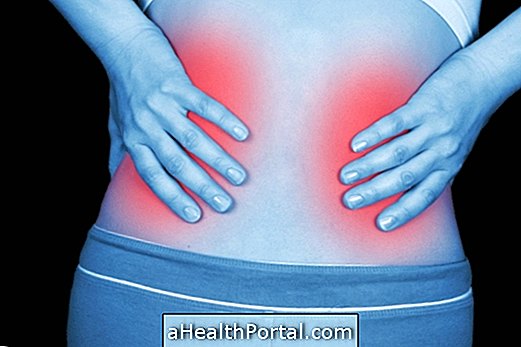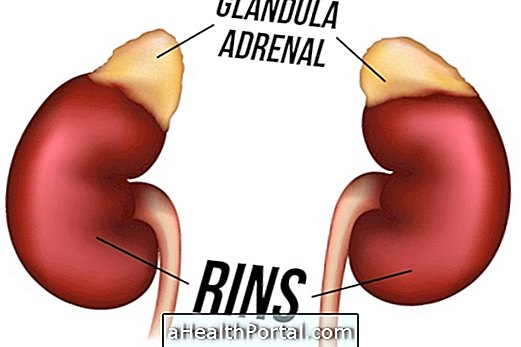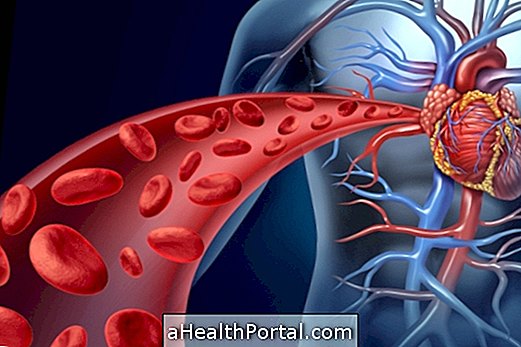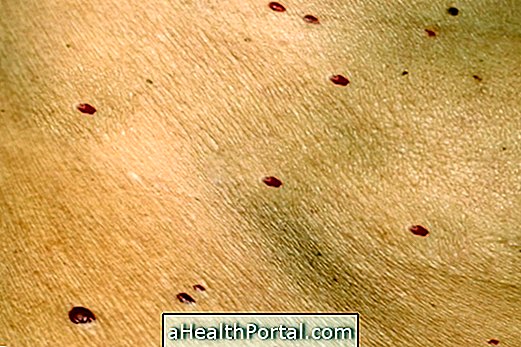Lipomatosis is a disease of unknown cause that causes the accumulation of various fat nodules throughout the body. This disease is also called multiple symmetric lipomatosis, Madelung's disease or Launois-Bensaude's adenolipomatosis.
These lumps are benign tumors made of fat cells that accumulate mainly in the region of the abdomen and back. They very rarely turn into malignant cancer nodules and are more common in adult men, aged between 30 and 60 years. Here's how to identify a lipoma.
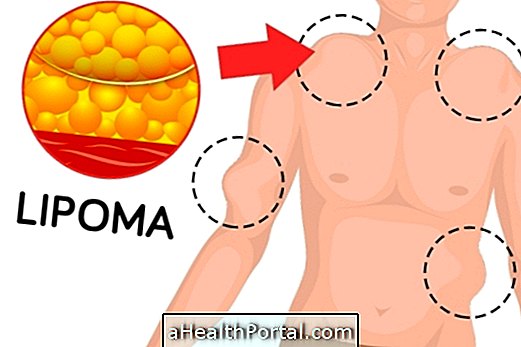
Treatment
The treatment of lipomatosis is done mainly through surgery to remove the fat nodules, and medicines and injections can be used, as shown below:
Surgery
It is indicated mainly when there are great aesthetic deformations or when lipomas make it difficult to breathe and feed, as the transformation of lipomas into malignant tumors is very rare.
Thus, lipomas are removed by conventional surgery or through liposuction, depending on the site of the tumor. In general, the rate of recurrence of tumors is low, and usually only occurs after 2 years of surgery.
Medicines
In the simplest cases also drugs that stimulate the fat burning of lipomas, such as steroid hormones, Salbutamol and Enoxaparin, can be used, but it is common for tumors to reappear when the medication is discontinued. See more about Enoxaparin.
Injections
The injections are mainly used in small lipomas, and contain hormones and substances that help to break down the fat cells, reducing the size of the tumors.
They are usually given every 3 to 8 weeks for several months, and usually have as side effects mainly pain and bruising at the application site.
Lifestyle changes
It is also important to remember that you should stop drinking alcohol and smoking altogether to prevent disease progression and control your weight to reduce the risk of obesity-related complications such as heart disease and diabetes.
Complications
The main complication of lipomatosis is the aesthetic deformation in the body caused by lipomas. In addition, fat nodules can cause problems such as:
- Compression of the respiratory tract and throat, causing difficulty in swallowing and breathing;
- Change or weakening of voice;
- Decreased movements of the neck;
- Swelling of the face and neck;
- Chest pain;
- Decreased sensitivity;
- Difficulty in moving limbs;
In addition, in some cases there may also be cancer in the respiratory organs, especially when there is a history of excessive use of alcohol or cigarettes.
Types of lipomatosis
Lipomatosis is classified according to the site of the body affected by lipomas, such as:
- Abdominal : when it reaches the region of the abdomen;
- Epidural : when it affects the spine;
- Mediastinal : when it affects the region of the heart and part of the airways;
- Pancreatic : when it affects the pancreas;
- Renal : when it affects the kidneys;
- Diffuse : when it affects the whole body and causes a look similar to ordinary obesity.
The diffuse form of the disease is more common in women, and usually does not reach deeper organs and tissues of the body.
Symptoms
The main symptoms of lipomatosis are the body deformity due to the accumulation of fat tumors, and tingling and cramping in the legs and arms, the appearance of foot ulcers and the inability to move or walk are common.
Heart palpitations, excessive sweating, sexual impotence, and difficulty swallowing or breathing may also occur.
Causes
Although not having a clear cause, this disease is mainly related to the excessive and prolonged consumption of alcohol, and may also be related to diseases such as high cholesterol, diabetes, macrocytic anemia, excess of uric acid in the blood, renal tubular acidosis and polyneuropathy.
In addition, it may also be linked to genetic inheritance, there are cases in which the disease repeats itself when there is a family history, being called multiple familial lipomatosis.


